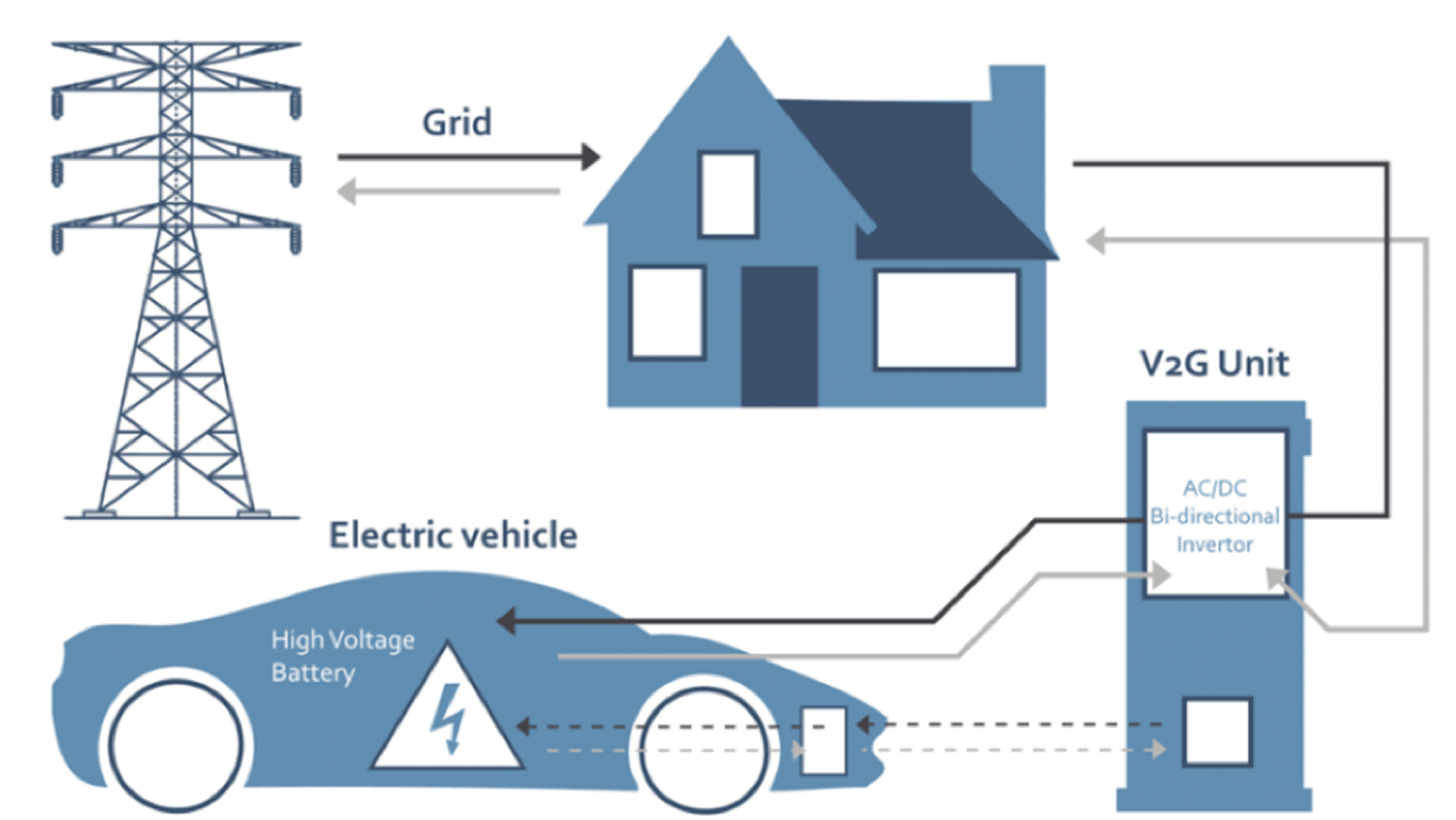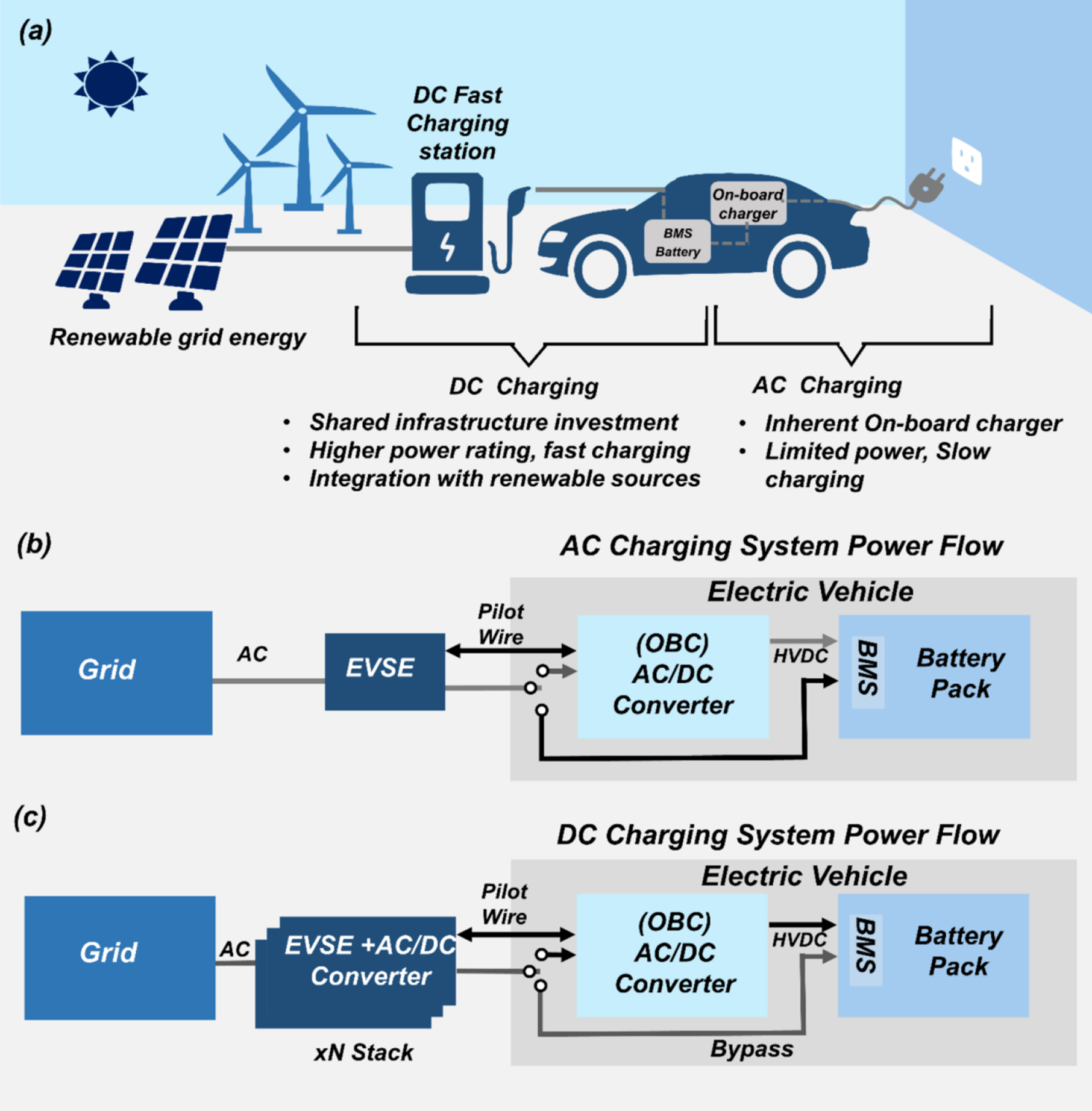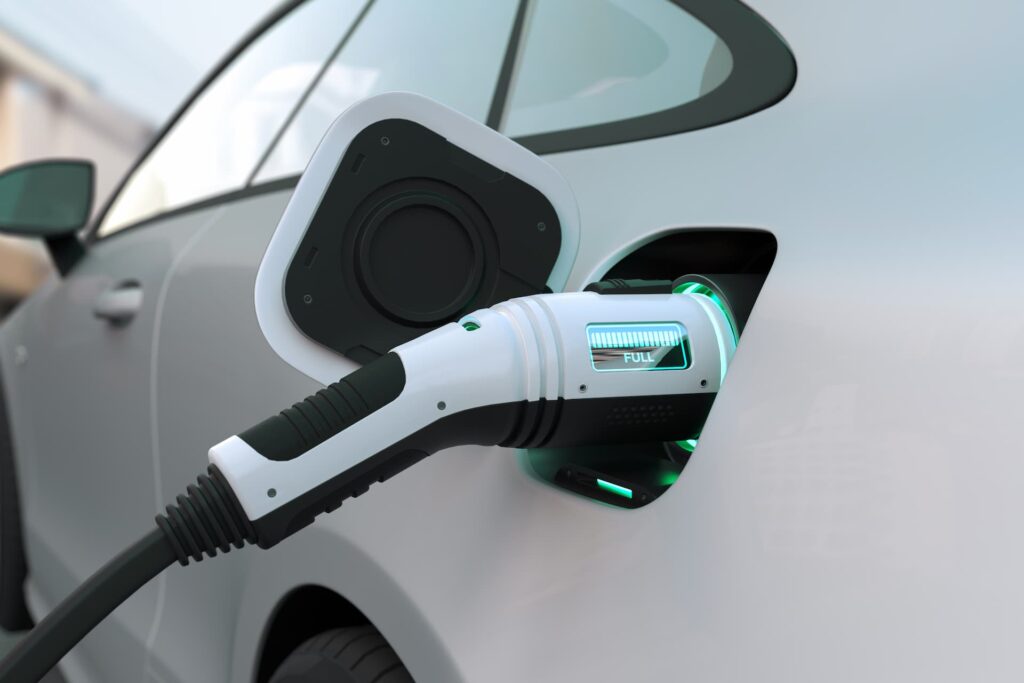The Growing Potential of EVs in Energy Storage
As of 2023, there are approximately 40 million electric cars on the roads worldwide, with sales increasing by 35% year-over-year. Each EV is equipped with a battery that typically ranges from 30 to 100 kilowatt-hours (kWh). Collectively, these vehicles represent a significant, yet largely untapped, energy storage resource.
Research indicates that by 2030, the aggregated storage capacity of EV batteries could meet short-term grid storage demands, even with moderate participation rates. This positions EVs as a pivotal component in enhancing grid resilience and integrating renewable energy sources (Nature).

Core Components of a V2G System
Implementing a functional V2G system requires the integration of three key elements:
1. Bidirectional Electric Vehicle
Not all EVs are V2G-ready. Vehicles must be equipped with bidirectional charging capabilities, allowing them to both draw energy from and supply energy back to the grid. Models like the Nissan Leaf and certain Ford F-150 Lightning trims are among the few currently supporting this feature.
2. Bidirectional Charger (EVSE)
A bidirectional Electric Vehicle Supply Equipment (EVSE) facilitates the two-way flow of electricity. These chargers convert alternating current (AC) from the grid to direct current (DC) for the vehicle during charging and reverse the process during discharging.
3. V2G Communication and Control Software
Effective V2G operation hinges on sophisticated software systems that manage energy flows, monitor grid demands, and ensure seamless communication between the EV, charger, and utility providers. Standards like ISO 15118 and SAE J3072 are instrumental in facilitating this interoperability.
Understanding V2G Architectures: AC vs. DC

V2G systems can be categorized based on their power conversion approach:
AC V2G (Alternating Current)
• Operation
Utilizes the vehicle’s onboard inverter to manage power conversion.
• Advantages
Leverages existing Level 2 charging infrastructure; potentially lower installation costs.
• Policy Frameworks
Typically offers lower efficiency and power output compared to DC systems.
DC V2G (Direct Current)
• Operation
Employs external inverters within the charging station to handle power conversion.
• Advantages
Higher efficiency and faster energy transfer rates.
• Policy Frameworks
Requires specialized charging equipment; higher upfront costs.
While both architectures have their merits, DC V2G is currently more prevalent in commercial applications due to its superior performance metrics.
Navigating Regulatory and Market Challenges
Despite the promising potential of V2G technology, several regulatory and market hurdles must be addressed:
• Interconnection Standards
Establishing clear protocols for connecting V2G systems to the grid is essential. Standards like IEEE 1547.1-2020 and UL 1741 SB are steps toward this goal.
• Compensation Mechanisms
Developing fair and transparent compensation models for energy supplied back to the grid will incentivize EV owners to participate in V2G programs.
• Policy Frameworks
Comprehensive policies are needed to address data privacy, cybersecurity, and the integration of V2G into existing energy markets.
The Road Ahead
As we advance toward a more sustainable and resilient energy future, V2G technology stands out as a critical enabler. By transforming EVs into dynamic energy assets, we can enhance grid stability, optimize renewable energy utilization, and provide economic benefits to EV owners.
Stay informed and engaged with the latest developments in V2G technology by exploring more resources and updates here at V2G News.
For further reading and detailed analyses, consider exploring the following resources:
